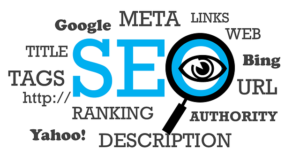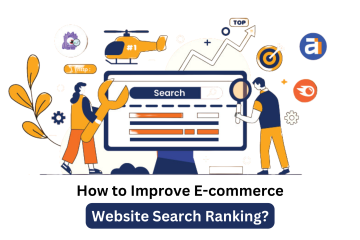Search Engine Optimization auditing is important to find out problematic areas in a website, create strategies and plan to work on the problems, and keep websites updated with the latest developments.
What is an SEO audit?
An SEO audit is carried by a provider of SEO services in Delhi to determine the friendliness of a website in different areas. The purpose of an SEO audit is to reveal issues in areas including technical SEO, on-page SEO, website structure, offsite structure, user experience, content gaps and opportunities, and marketplace insights. It is like doing a ‘health-check’ of your website. One must do an SEO audit regularly and frequently because things quickly change and what is working today may not work 3 months from now.
While it is recommended to consult a company that provides SEO services in Delhi, you can try doing it yourself as well by incorporating the following tips.

Tips for SEO Audit for Websites
Know that an SEO audit should be comprehensive and cover structural as well as content components influencing your SEO visibility.
There are three key elements of SEO audits that you must not ignore:
- Hosting and indexing, which comprises the backend element.
- Content, keywords, and metadata, which comprises the front-end.
- Links quality and external references.
1. Crawl your Website
You can use free online tools to crawl your website. These tools find various significant errors, including broken links, bad keywords, bad images, duplicate content, unlinked pages, excess redirects, and page title issues.
2. Make only one version of your website browseable
If your website has multiple URL versions, you will be sending a misinterpreted message for crawlers and they wouldn’t know which one to crawl. This will negatively impact your traffic conversion. So, make sure you either have HTTP or HTTPS and either a mobile version or a desktop version.
3. Complete on-page SEO checks
On-page SEO checks are conducted to make sure your site is optimized properly and crawlers are able to crawl the site perfectly. This is very important if you have published a lot of content with similar themes. Sometimes some seemingly unrelated content may show-up. Therefore, look for page titles, title tags, meta descriptions, hierarchy, keyword placement.
4. Check your internal and external links
Sites with logical hierarchy improve rankings. Therefore, identify broken links, both internal and external as earliest as possible and fix them. You can use downloadable tools that locate broken links within websites.
5. Perform backlink audit
Backlinks are important. Period. Therefore, it is important for you to know what is happening both on and off your site. Use online tools to assess your backlink quality to check your current link profile, evaluate competitor’s backlinks, and focus on areas that you can boost.
6. Check the site speed
Your customers don’t have time. And they are not loyal most of the time. Go through Google’s PageSpeed Insights for more details on the recent updates in site speed. It also gives you site speed optimization strategies and tips.
And if you think all of the above SEO audit steps are tedious and time-consuming to do, we are just a call away. You contact our SEO service experts, and we will do the auditing in a jiffy.



0 Comments